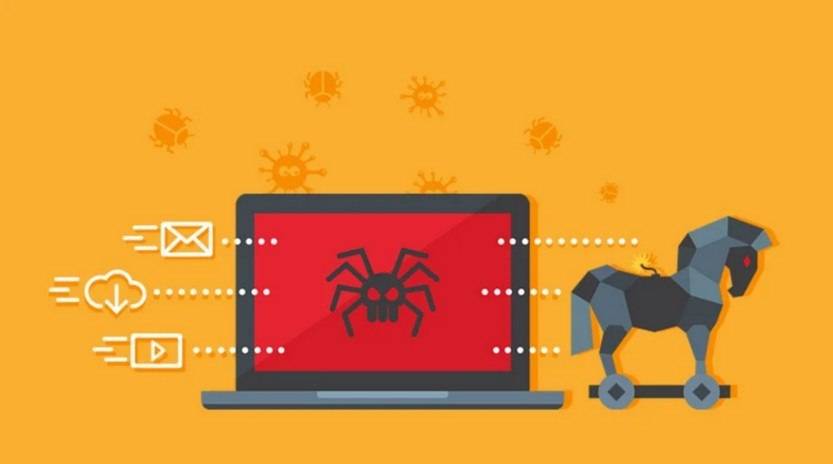Scams have become increasingly prevalent in the digital age, with scammers constantly finding new ways to deceive unsuspecting individuals. One such scam that has gained significant attention is the ‘Win a Brand New Ford Raptor’ Facebook scam. This article aims to provide a comprehensive overview of this scam, including what it is, how it works, what to do if you have fallen victim, technical details, and relevant statistics.

What is the ‘Win a Brand New Ford Raptor’ Facebook Scam?
The ‘Win a Brand New Ford Raptor’ Facebook scam is a fraudulent scheme that aims to trick users into believing they have won a brand new Ford Raptor truck. Scammers create fake Facebook pages or posts that appear to be from reputable sources, such as well-known car manufacturers or popular automotive websites. These pages or posts often feature enticing images of the Ford Raptor and promise a chance to win the vehicle by following a set of instructions.
How Does the Scam Work?
The scam typically begins with a Facebook user coming across a post or page claiming to offer a chance to win a brand new Ford Raptor. The post may appear in their news feed or be shared by a friend, making it seem more legitimate. The user is then instructed to perform a series of actions, which may include:
- Liking and sharing the post
- Tagging friends in the comments
- Following the scammer’s Facebook page
- Providing personal information, such as name, address, and phone number
- Clicking on suspicious links
By engaging in these actions, the user unknowingly becomes a victim of the scam. The scammers behind the scheme may use the personal information collected to carry out identity theft or sell it to other criminals on the dark web. Additionally, clicking on suspicious links can lead to the installation of malware or viruses on the user’s device.
What to Do If You Have Fallen Victim?
If you have fallen victim to the ‘Win a Brand New Ford Raptor’ Facebook scam, it is crucial to take immediate action to protect yourself and minimize the potential damage. Here are the steps you should follow:
- Report the scam: Report the fraudulent Facebook page or post to Facebook by clicking on the three dots in the top right corner of the post and selecting “Report post” or “Report page.” This helps Facebook take action against the scammers and prevent others from falling victim.
- Change your passwords: Change the passwords for all your online accounts, especially if you provided any personal information to the scammers. This helps prevent unauthorized access to your accounts and protects your sensitive data.
- Scan for malware: Run a scan with a reliable antivirus software, such as Malwarebytes Free, to detect and remove any malware or viruses that may have been installed on your device.
- Monitor your accounts: Keep a close eye on your bank accounts, credit cards, and other financial accounts for any suspicious activity. If you notice any unauthorized transactions, contact your bank or financial institution immediately.
- Be cautious of future scams: Learn from the experience and be more vigilant when encountering similar offers or giveaways on social media. Remember that if something seems too good to be true, it probably is.
Technical Details of the Scam
The ‘Win a Brand New Ford Raptor’ Facebook scam utilizes various techniques to deceive users and collect their personal information. Some of the technical details of the scam include:
- Phishing: The scam relies on phishing techniques to trick users into providing their personal information. By creating a fake Facebook page or post that appears legitimate, scammers can easily deceive unsuspecting individuals.
- Social engineering: The scammers exploit human psychology by offering an attractive prize and creating a sense of urgency or excitement. This prompts users to engage in the scam without thoroughly considering the potential risks.
- Malware distribution: Clicking on suspicious links associated with the scam can lead to the installation of malware or viruses on the user’s device. This malware can then be used to steal sensitive information or carry out other malicious activities.
Statistics on Facebook Scams
Facebook scams, including the ‘Win a Brand New Ford Raptor’ scam, have become alarmingly common in recent years. Here are some statistics that highlight the prevalence and impact of these scams:
- In 2020, Facebook reported removing over 1.3 billion fake accounts, many of which were involved in scam activities.
- A study conducted by the Better Business Bureau found that Facebook was the most common platform for online purchase scams, accounting for 65% of reported cases.
- According to the Federal Trade Commission (FTC), consumers reported losing over $117 million to social media scams in 2020.
Summary
The ‘Win a Brand New Ford Raptor’ Facebook scam is a deceptive scheme that preys on users’ desire to win valuable prizes. By creating fake Facebook pages or posts, scammers trick users into providing personal information or clicking on malicious links. To protect yourself from falling victim to this scam, it is essential to be cautious when encountering such offers on social media, report any suspicious activity to Facebook, and take immediate action to secure your accounts and devices. Remember, staying informed and vigilant is the key to avoiding scams in the digital age.










